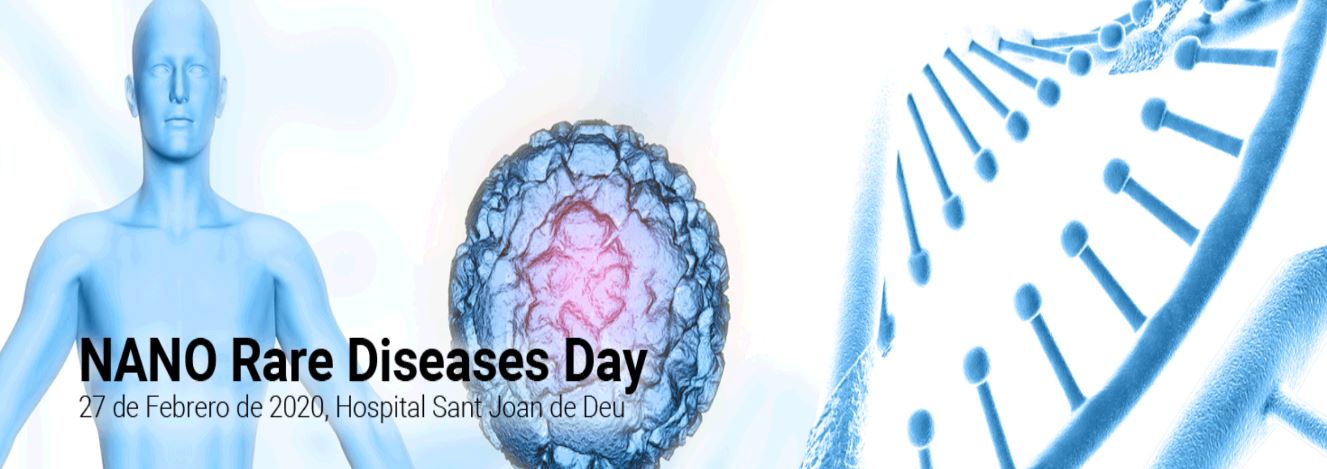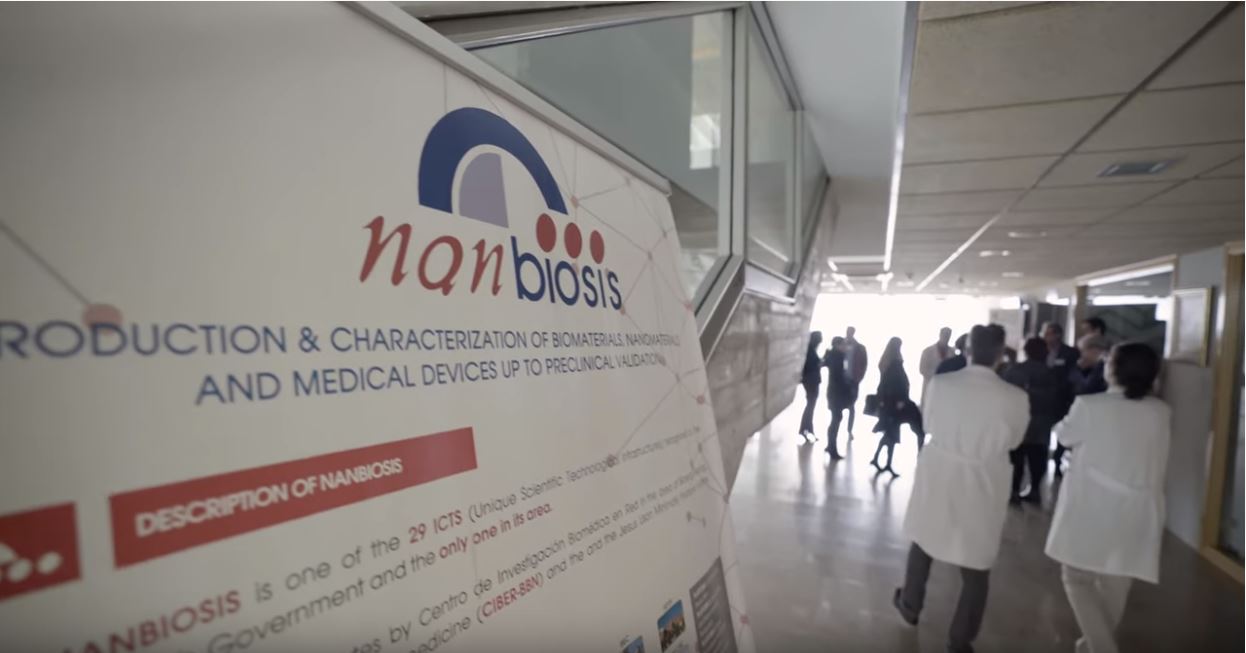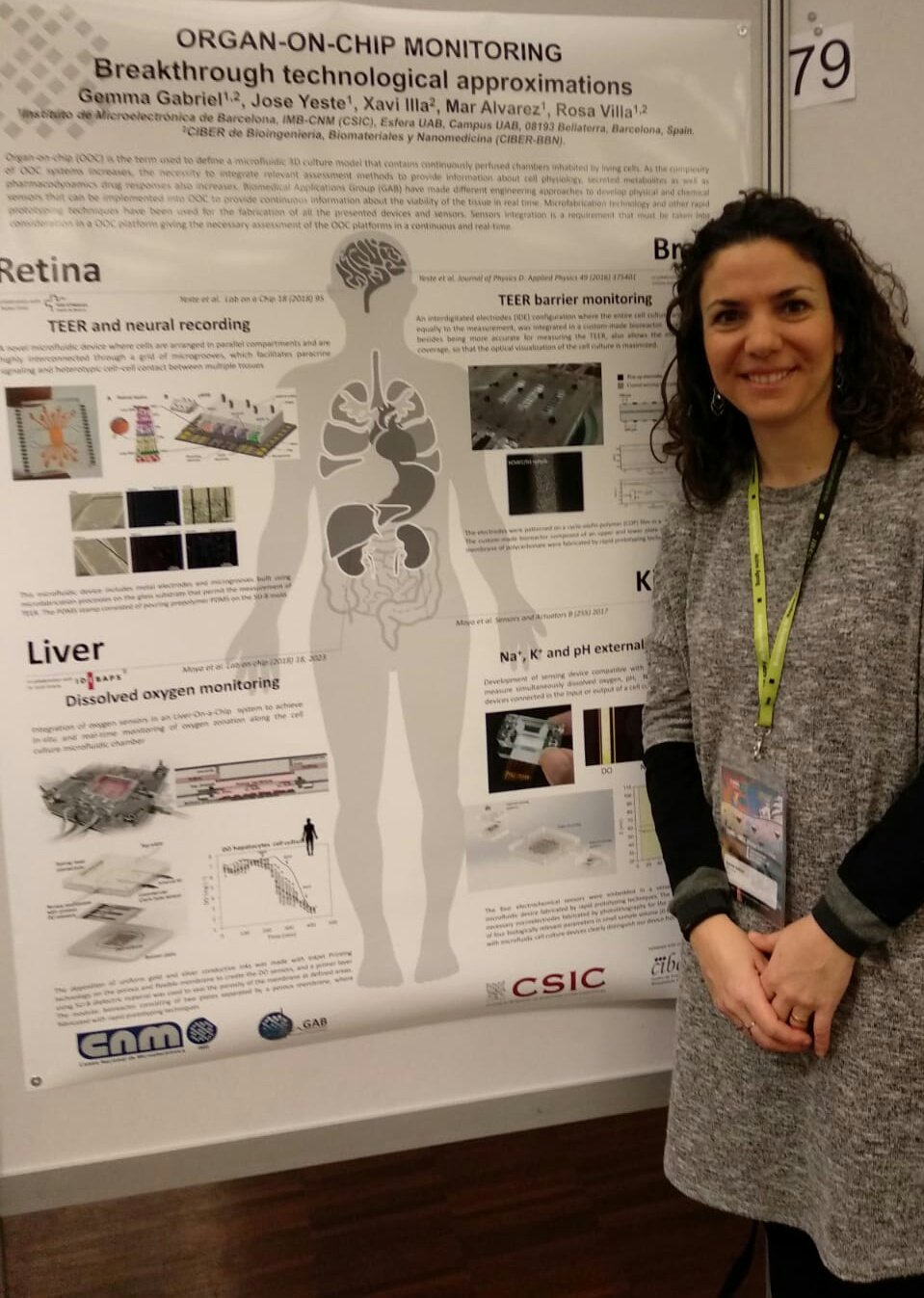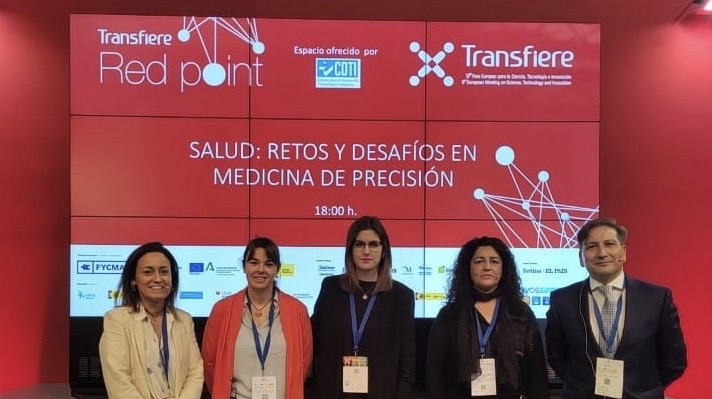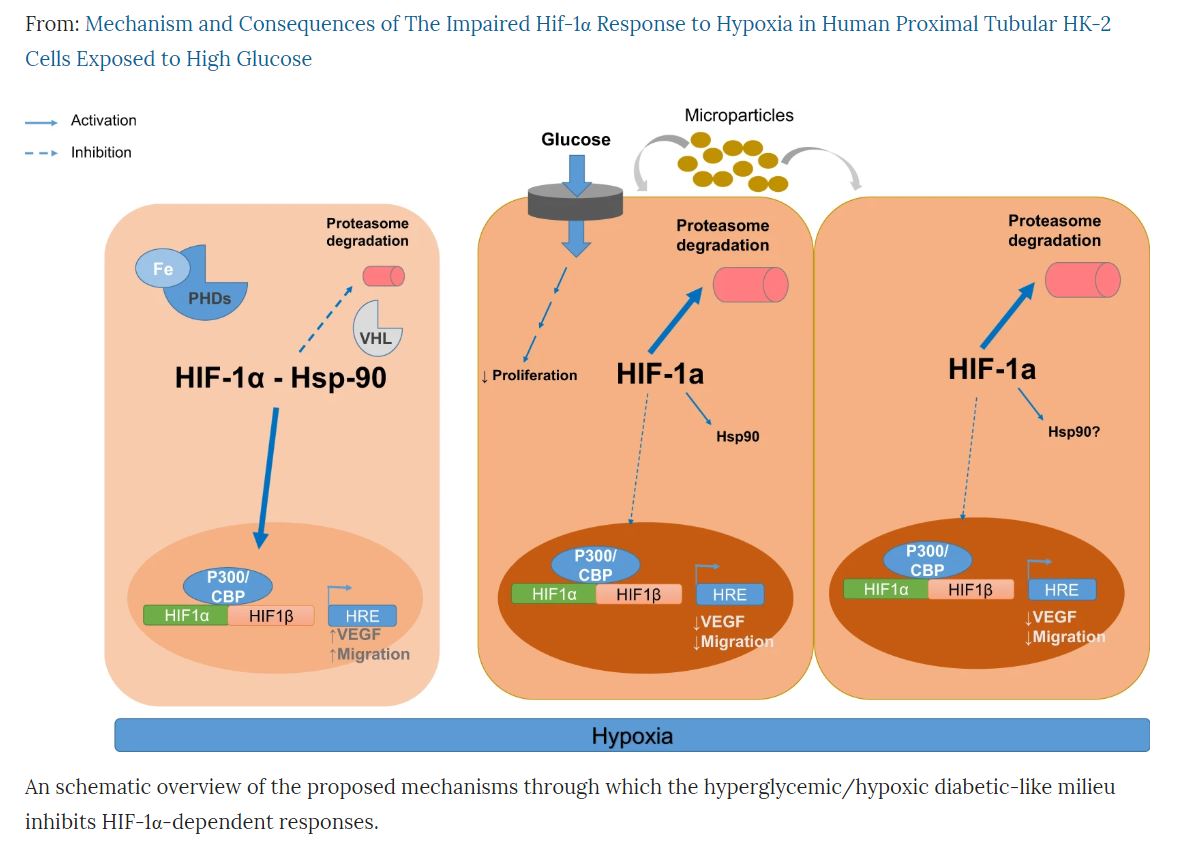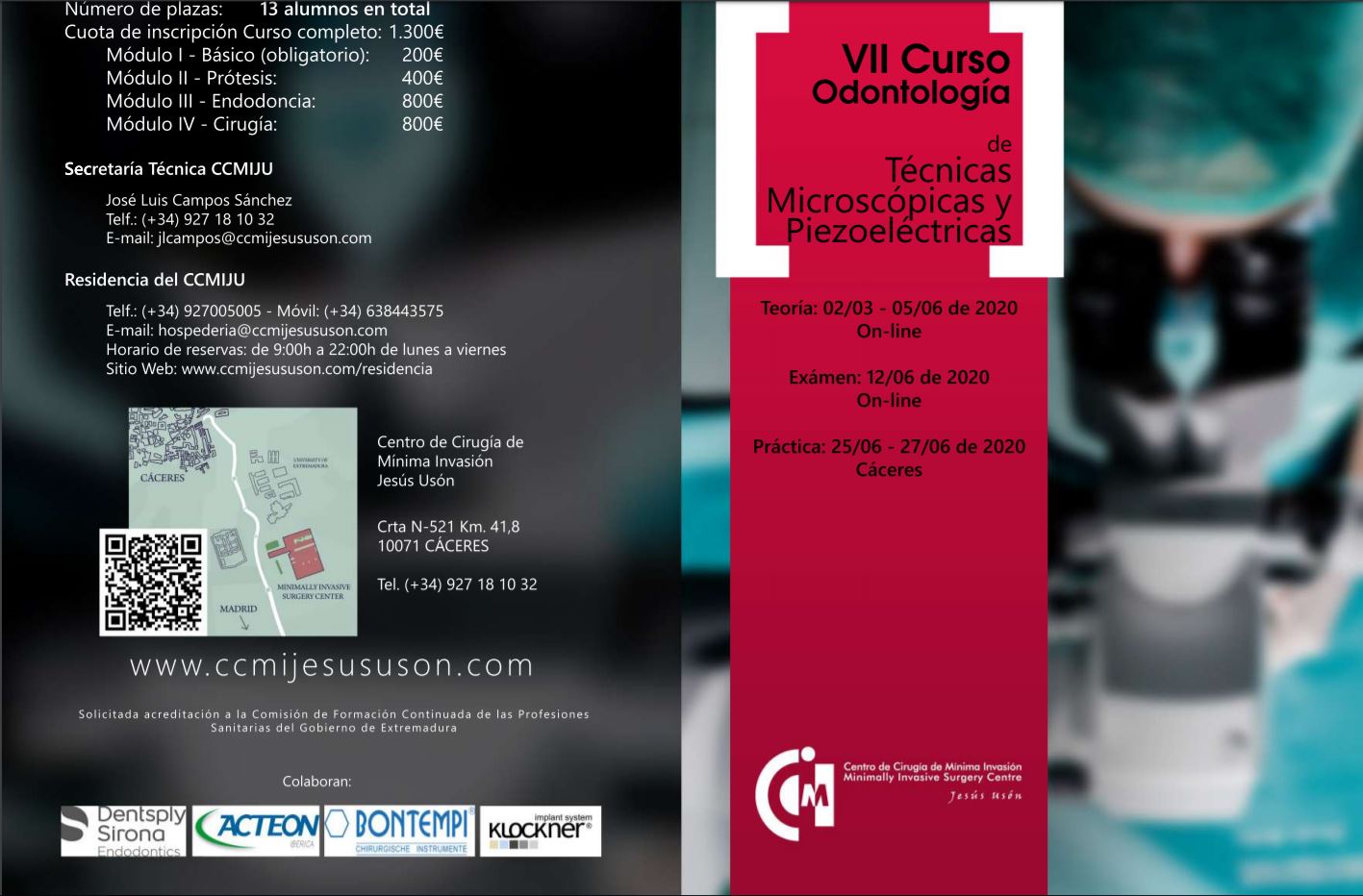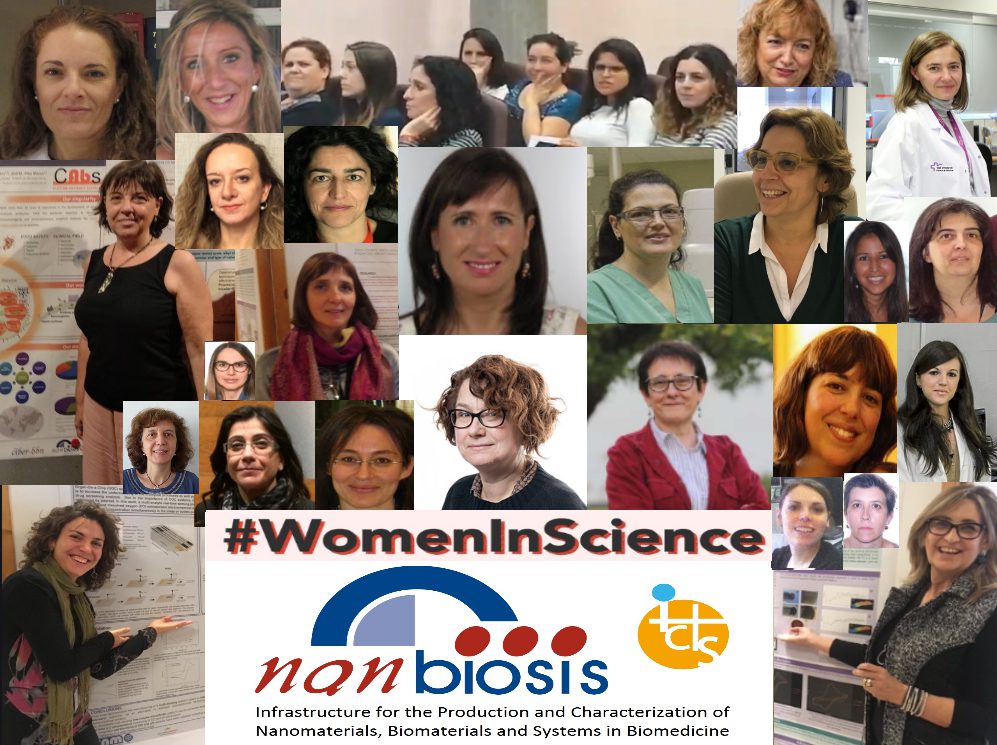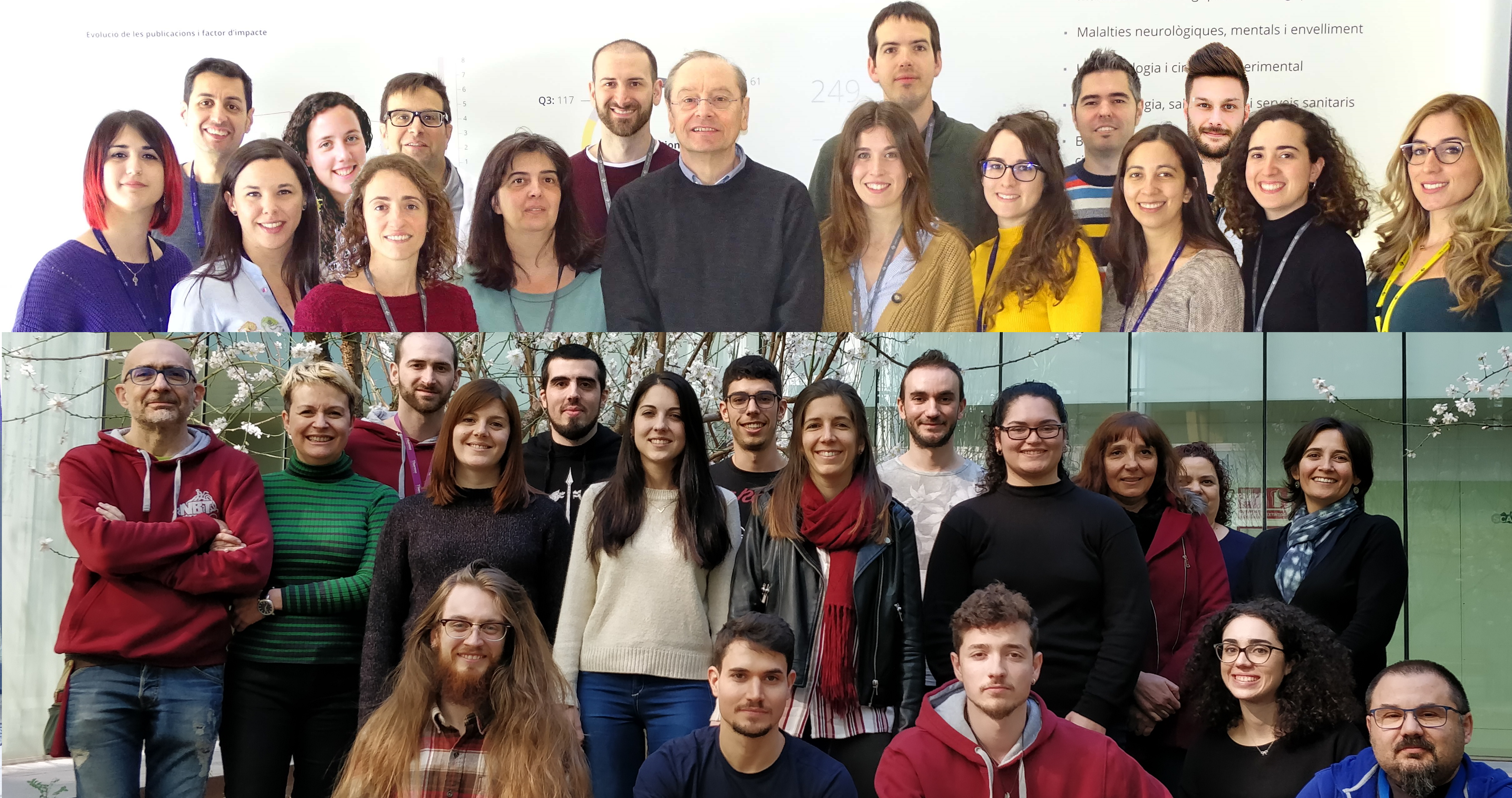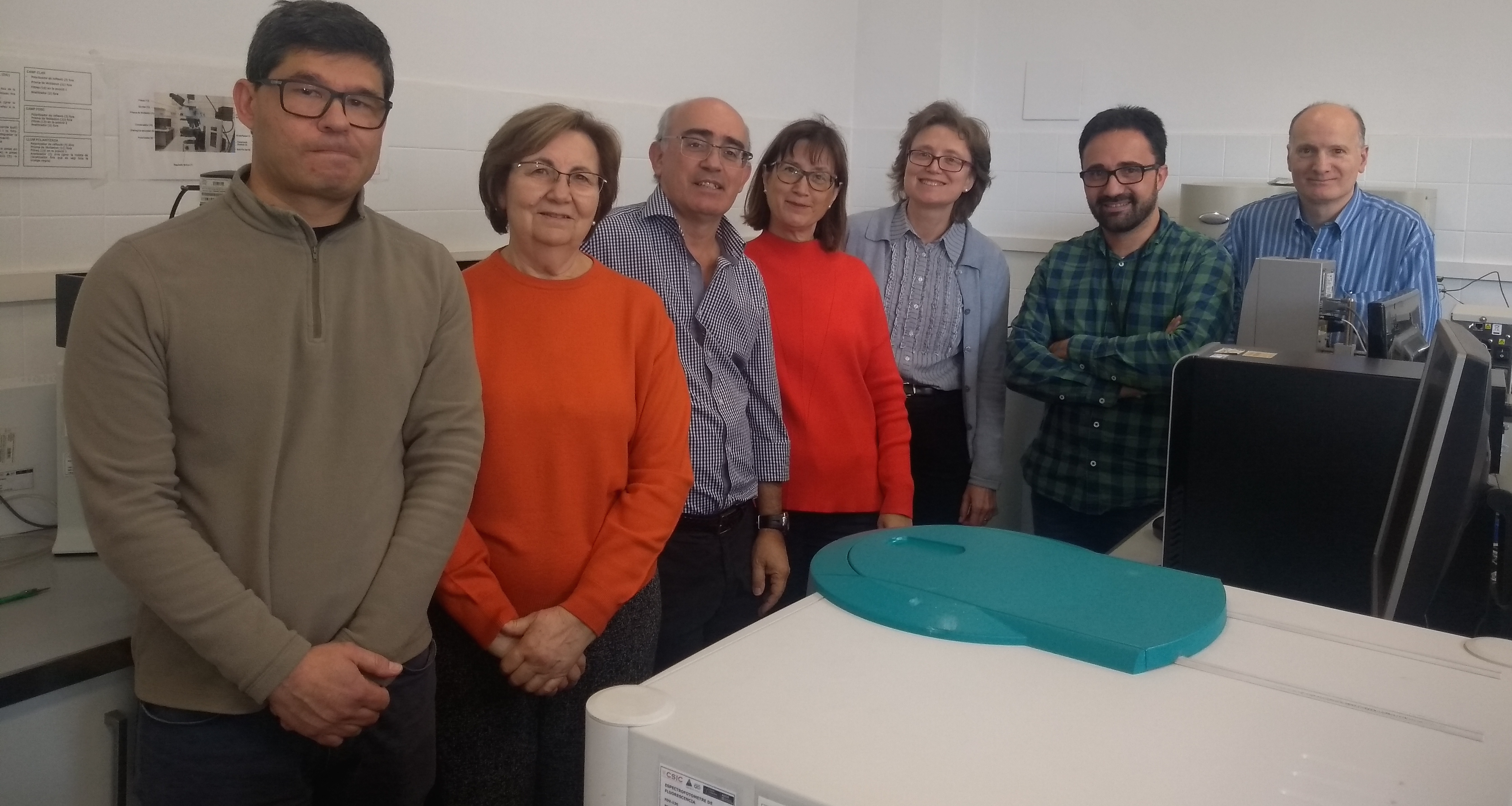Course on Coloretal Endoscopy for Surgeons
JUMISC and the Spanish Association of Coloproctocology has organised the ICourse on Coloretal Endoscopy for Surgeons which wil take place at JUMISC on March, 9 -10, co-Directed by Fernando de la Portilla de Juan (President of Spanish Association of Coloproctology) and Francisco M. Sanchez Margallo (Deputy Scientific Director of NANBIOSIS)
The course includes colonoscopy practices in pig and canine models.
For further information and inscriptions: here










